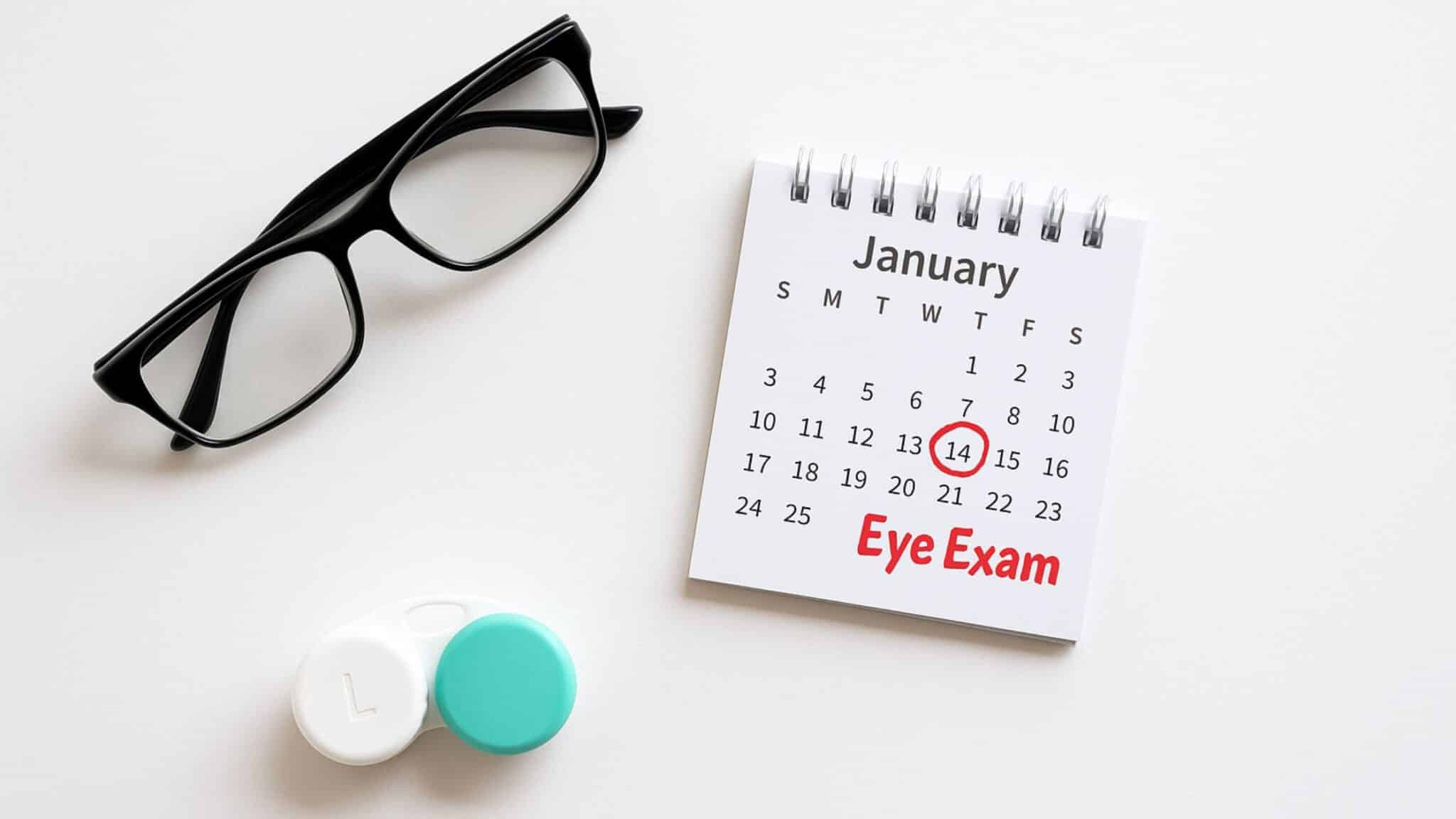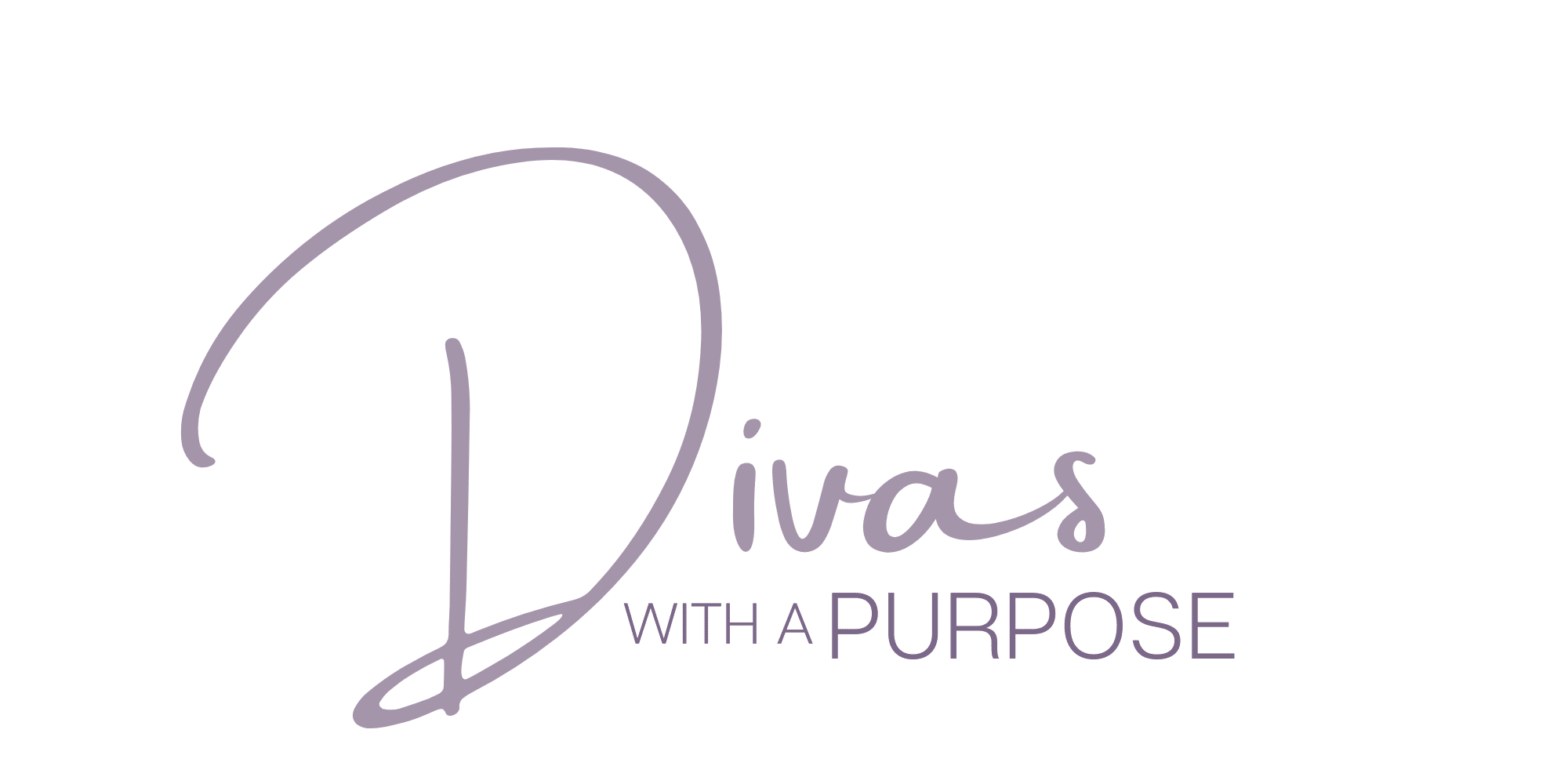Annual Eye Care Checklist for Busy People
Maintaining eye health is essential to ensuring your overall well-being, yet for many busy individuals, eye care can often fall by the wayside. Between work, family, and personal commitments, it’s easy to overlook the importance of regular eye maintenance. However, taking proactive steps through annual eye care can help you avoid potential issues in the future and ensure you enjoy good eye health for years to come.

In this post, we’ll provide an essential annual eye care checklist to help busy people stay on top of their vision health, without adding stress to their already packed schedules.
1 – Annual Eye Exam
One of the most important steps in maintaining eye health is scheduling an annual eye exam. An eye exam is essential for detecting potential issues early, particularly for those who haven’t had one in a while. It’s the first step in ensuring that your eyes stay healthy and that you continue to enjoy clear vision. If you’re unsure about when your last exam was, now is the perfect time to make an appointment!
During this exam, your optometrist or ophthalmologist will assess your overall eye health and test your vision. Some of the key aspects of the exam include:
- Vision test: This is to check for any changes in your ability to see clearly at different distances.
- Eye pressure check: This is an important test to detect glaucoma, a condition that can cause irreversible damage to the optic nerve.
- Retinal health: An eye care professional will examine the back of your eye, including the retina, to look for signs of damage or disease.

For those with specific risk factors, such as a family history of eye conditions or diabetes, more frequent exams may be necessary. It’s also crucial to schedule an exam if you notice any changes in your vision or experience discomfort. Consistent annual eye care visits make early detection possible and can prevent more serious problems down the line.
2 – Eye Protection
Protecting your eyes from environmental harm is essential, especially for those who spend a lot of time outdoors or in hazardous environments. For those with active outdoor lifestyles, investing in a good pair of UV-blocking sunglasses is crucial. Sunglasses that block 100% of UVA and UVB rays will protect your eyes from sun damage, reducing the risk of cataracts and other eye conditions over time.
For individuals who engage in work or hobbies that expose the eyes to potential injury—such as construction, sports, or DIY projects—wearing protective eyewear is important. A pair of safety glasses can shield your eyes from dust, debris, or accidents that might cause injury.
When it comes to digital devices, the growing concern of digital eye strain is an issue for many people. To combat this, consider using blue light blocking glasses when working on screens for extended periods. Additionally, make it a habit to follow the 20-20-20 rule: every 20 minutes, look at something 20 feet away for at least 20 seconds. This simple practice helps reduce eye fatigue and prevents discomfort.
3 – Nutrition for Eye Health
What you eat plays a significant role in your eye health. Consuming foods that are rich in essential vitamins and nutrients can help keep your eyes in top condition.
- Vitamin A: Found in foods like carrots and spinach, vitamin A is important for maintaining good vision.
- Vitamin C: This vitamin is essential for protecting your eyes from oxidative damage. Citrus fruits, strawberries, and bell peppers are excellent sources.
- Vitamin E: Nuts and seeds, such as almonds and sunflower seeds, are packed with vitamin E, which helps prevent age-related eye damage.
- Omega-3 fatty acids: Found in fatty fish like salmon, omega-3s support retinal health and may help reduce the risk of dry eye syndrome.

If you’re not able to get these nutrients from food alone, supplements may be beneficial. Consult with your healthcare provider to determine if an eye health supplement is right for you.
4 – Managing Digital Eye Strain
For many busy people, long hours in front of screens—whether at work or during personal time—can lead to digital eye strain. Symptoms of digital eye strain include headaches, blurred vision, dry eyes, and difficulty focusing. To reduce the impact of digital strain, you can take simple steps like adjusting the brightness and contrast of your screen to comfortable levels, and increasing the text size if you find it hard to read.
Regular eye breaks are crucial. In addition to the 20-20-20 rule, take a few minutes each hour to step away from your computer or phone. This helps to give your eyes a much-needed rest. Moreover, ensuring proper lighting in your workspace can prevent glare and reduce strain. Natural light is ideal, but if that’s not possible, consider using a desk lamp with adjustable brightness to avoid harsh artificial lighting.
5 – Hydration and Eye Moisture
Staying hydrated is an often-overlooked factor in eye health. Dehydration can lead to dry eyes, irritation, and discomfort, especially for people who wear contact lenses. Drinking plenty of water throughout the day supports overall hydration, including moisture in the eyes.
If you suffer from dry eyes, especially if you wear contacts or spend long hours in air-conditioned environments, artificial tears can help keep your eyes moist. These lubricating eye drops are available over the counter and can provide relief from dryness or irritation. Additionally, consider using a humidifier in your home or office to maintain the right level of moisture in the air, especially in dry climates.

6 – Contact Lenses and Glasses Care
If you wear contact lenses or glasses, proper maintenance is essential to ensure both comfort and clear vision. For contact lens wearers, it’s important to clean and disinfect your lenses regularly to avoid eye infections or irritation. Always replace your lenses as recommended by your eye care provider, and never wear them longer than instructed.
If you wear glasses, make sure to clean them regularly with a microfiber cloth and store them in a case when not in use to prevent scratches. This helps keep your glasses in good condition and ensures that they last longer.
7 – Eye Health at Work
Given that many people spend a large portion of their day working at a computer, ergonomics plays an important role in maintaining eye health. Adjust the height of your monitor so that the top of the screen is at or slightly below your eye level. This minimizes strain on your neck and eyes. Additionally, make sure to sit at a comfortable distance—about 20 to 30 inches away from the screen.
Proper lighting is key to preventing glare, which can cause eye fatigue. Use task lighting to illuminate your workspace without creating direct light on the screen. If possible, position your desk near a window for natural light, but avoid direct sunlight on your screen.
8 – Monitor Changes in Vision
Keeping track of any changes in your vision is a vital part of annual eye care and maintaining overall eye health. If you notice any changes such as blurry vision, trouble seeing at night, or frequent headaches, it’s time to consult with an eye care professional. Keeping a journal of any changes in your vision can be helpful for tracking patterns and ensuring that you receive the right care.
Annual exams are an excellent way to monitor your eye health, but it’s also important to stay aware of any discomfort or visual changes throughout the year.
Regular and consistent annual eye care is a crucial part of overall health maintenance, and it doesn’t have to take up a lot of time. By following a few simple practices—like scheduling an annual eye exam, protecting your eyes from UV rays, staying hydrated, and maintaining a proper workstation—you can keep your eyes healthy and your vision clear. Integrating these habits into your busy lifestyle will help you avoid eye problems down the road. By prioritizing your eye health, you ensure that you can continue to live life with clear vision and minimal discomfort.
